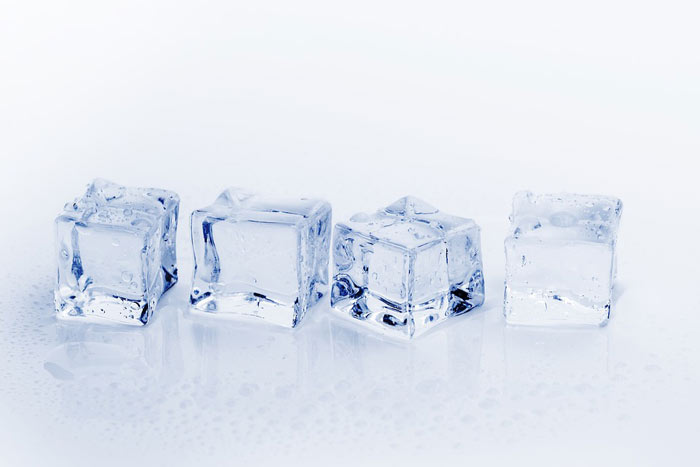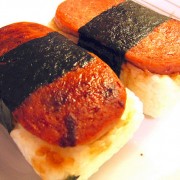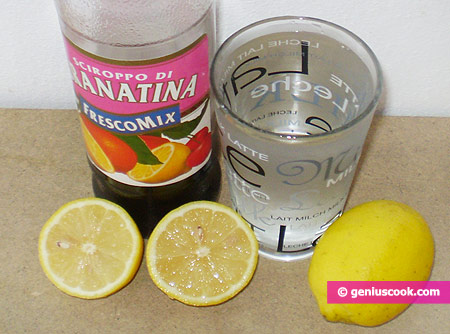Ice Machine Maintenance Tips
Appliances that come in direct contact with water are more prone to develop problems. Ice machines are among the kitchen appliances that frequently cause problems. These appliances have a rather complex operation. Their motors go through different ice making cycles at certain intervals wherein the evaporator adjusts temperature repeatedly and instantly.

Ice machines can develop a number of problems that include a buildup of minerals or slime, poor cooling, pump issues, and concerns with its other parts. An experienced technician from Hartman’s appliance repair in Williamsburg stresses the importance of routine maintenance to prevent these issues from turning into major problems – that can potentially cause your ice machine to conk out.
To ensure that your unit works properly for a long time, be sure to follow these ice maintenance tips.
1. Clean your ice machine regularly
It is recommended that you clean your ice maker at least twice a month to ensure that it produces clean, odorless ice cubes. First, remove all the old ice. Then, using a damp cloth soaked with mild detergent, wipe down the insides of the unit. Place the machine in complete rinse setting. Next, you sanitize the lines of the appliance following the specific instructions in the user manual. Make sure that the filter is free of any blockage due to residue or debris.
2. Get rid of mold and mildew
Ice makers are prone to developing mold and mildew because of its material (particularly rubber and plastic components) and direct contact with water. Over time, these nasty outgrowths can find its way to the ice itself, making it unhealthy and dangerous!
To remove mold and mildew: place the ice machine in clean mode. Once water reaches the evaporator, add the recommended amount of cleaning solution with mold/mildew remover. Using nylon scrub, brush the insides of the machine especially the plastic components and those that appear dirty or discolored. Just make sure to wear proper safety gear, such as rubber gloves and eye protection, when using cleaning chemicals.
3. Prevent brown slime
Brown slime is due to a certain type of yeast (baking yeast, brewing years, beer, or airborne yeast). Unlike regular slime, brown slime can be difficult to remove. Simple scrubbing will not get rid of it. You will need to use commercial sanitizers that are capable of killing the yeast. Brown slime can be a pesky problem that can recur if it is not completely eradicated. So make sure to scrub every surface of the machine. If your ice machine is located in a high yeast area, make sure to clean it regularly.
4. Place your machine in a well-ventilated area
As much as possible, make sure that your ice machine is placed in a well-ventilated area. Avoid putting it in an enclosed space. If not possible, make sure that it has enough space between walls to ensure airflow. The cooler the ice machine is, the faster it freezes the ice and the better for the motor.
5. Replace the water filters regularly
Make sure the filters are replaced at least every 6 months. Aside from ensuring the quality and cleanliness of ice, this also ensures that ice is produced in a shorter period of time.
6. Clean the condenser coils
Perhaps one of the most important parts of the ice machine that often gets overlooked is the condenser coils. Condenser coils are where temperature exchange occurs resulting in freezing of ice. It is important to keep the condenser coils clean as it affects the machine’s temperature resulting in slow ice production. Make sure that it free from debris and obstruction so air exchange can occur without a hitch.
7. Proper storage
During winter season or when the ice machine will not be in use for 2 weeks, make sure to empty it, clean with the recommended solution, dry well and unplug from an electric outlet. This should help prevent problems once you’re ready to use the machine again.









